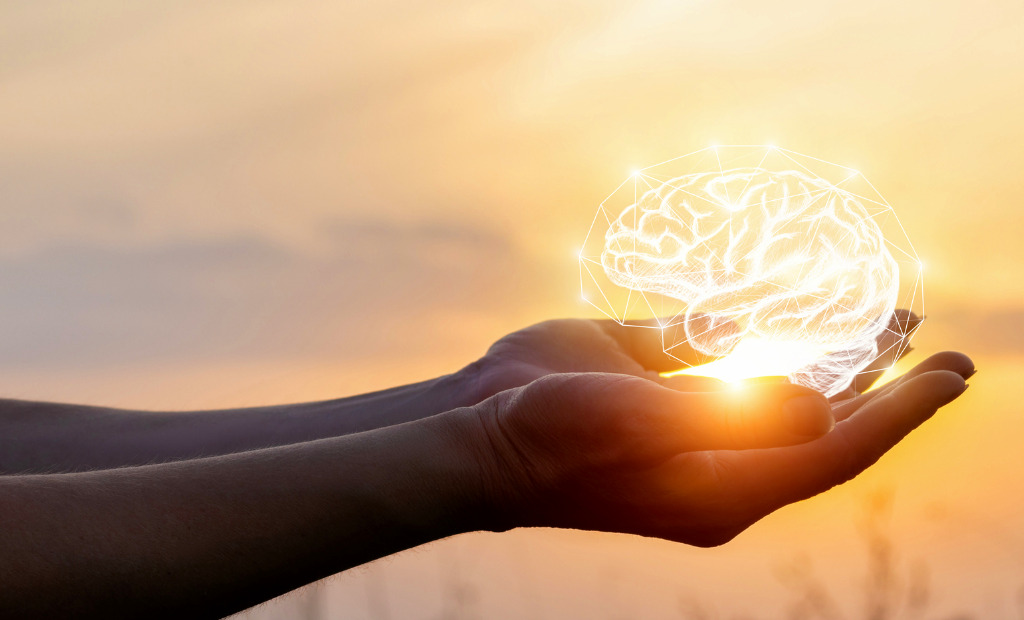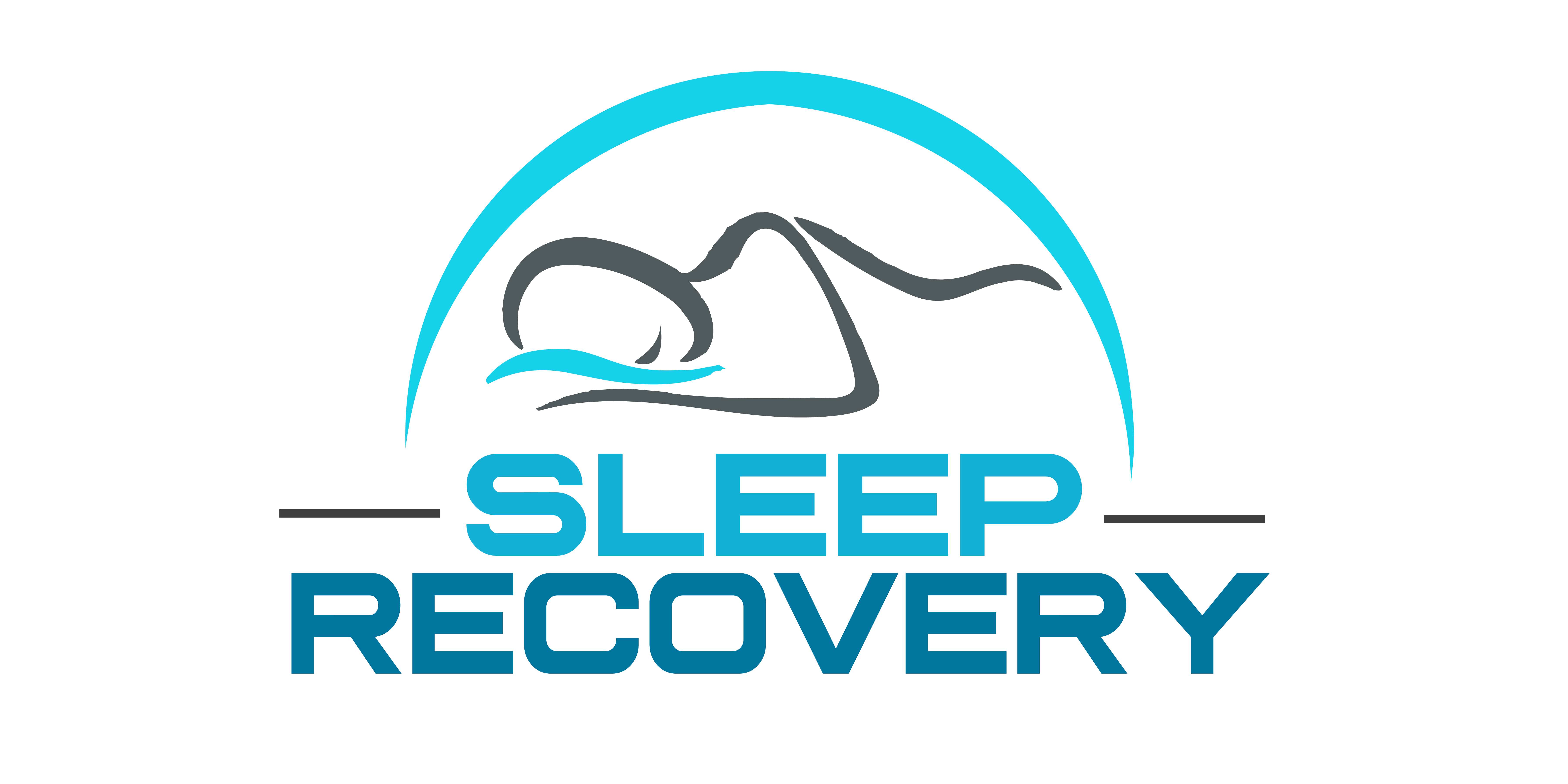The Morning Light Advantage: How Natural Illumination Before Waking Transforms Alertness

That groggy, disoriented feeling upon waking has become almost universal in today’s fast-paced world. Many reach for coffee, cold showers, or harsh alarm sounds to jumpstart their systems. Yet groundbreaking research from Osaka Metropolitan University suggests a more straightforward, natural solution exists outside our windows.
The study, published in April 2025, reveals that controlled exposure to natural morning light before waking could be the key to conquering morning grogginess—but timing matters more than most sleep researchers previously understood.
“Modern lifestyles and technology have ushered in an era of decreased rest time and subsequent fatigue,” notes Professor Daisuke Matsushita, who led the research at Osaka Metropolitan University. “While bedroom factors like sound and temperature get attention, light exposure is often neglected in sleep research and residential architecture.”
This research is notable because it focuses on natural rather than artificial light sources commonly used in sleep studies. Researcher Xiaorui Wang and Professor Matsushita designed an innovative experiment using specialized light-shielding curtains and motorized closing devices to create precisely controlled natural light conditions.
Their team tested 19 participants under three distinct lighting scenarios:
- Strategic Light Exposure (IA): Natural light entered the bedroom for precisely 20 minutes before waking time
- Continuous Dawn Exposure (IB): Natural light gradually entered from dawn until waking time
- Complete Darkness (CC): No natural light before waking time
After each sleep session, researchers assessed participants’ alertness using electroencephalogram (EEG) readings to monitor brain activity, electrocardiogram (ECG) measurements for heart function, and subjective questionnaires about sleepiness and fatigue.
The 20-Minute Sweet Spot
The results challenged conventional assumptions about morning light. While light-exposure conditions (IA and IB) reduced sleepiness compared to total darkness, the 20-minute strategic exposure proved significantly more effective than continuous dawn light.
“What surprised us most was discovering that more light isn’t necessarily better,” explains Professor Matsushita. “Participants exposed to natural light continuously from dawn reported some adverse effects compared to those receiving just 20 minutes before waking.”
This finding contradicts the belief that more natural light automatically improves sleep quality and morning alertness. Instead, it suggests our brains respond best to a calibrated light that prepares the body for waking without disrupting the final crucial phases of sleep.
The Neurological Light Response
The study’s EEG measurements revealed fascinating details about how the brain responds to pre-waking light exposure. During the 20-minute light condition, participants showed increased alpha wave activity just before waking, indicating a brain state poised between sleep and alertness.
“This transitional state appears ideal for waking,” explains Dr. Jeffery Wilson, Clinical Director at Sleep Recovery, who was not involved in the original research but specializes in sleep neurophysiology. “The brain begins preparation for consciousness while allowing the body to complete vital sleep processes. It’s essentially a neurological on-ramp rather than an abrupt exit from sleep.”
This gradual transition helps explain why participants in the 20-minute condition reported feeling more refreshed and clear-headed than when exposed to continuous light or darkness.
Practical Applications: Beyond the Laboratory
The implications of this research extend well beyond academic interest. Morning grogginess—technically known as sleep inertia—affects cognitive performance, mood, and even physical coordination. People making essential decisions or performing complex tasks shortly after waking are particularly vulnerable to impaired functioning.
Professor Matsushita envisions practical applications for this research: “In the future, we hope to control natural light in the sleep environment as it changes with the seasons and time of day and to clarify how to introduce natural light suitable for a more comfortable awakening.”
Several smart home companies have already expressed interest in developing automated systems that could precisely time the opening of blinds or curtains based on individual wake times. Such technology could integrate with sleep tracking devices to optimize light exposure based on sleep cycle data.
The Bioelectric Connection: How Light Resets Neural Circuits
The study’s findings connect directly to our understanding of the brain’s bioelectric responses to light. Morning light exposure affects far more than just vision—it triggers a cascade of neurochemical and electrical changes throughout the brain.
“Light hitting the retina activates specific pathways that regulate our circadian timing system,” explains David Mayen, Founder and Program Director at Sleep Recovery. “This exposure suppresses melatonin production while increasing cortisol and other alertness-promoting neurotransmitters. But crucially, the timing and duration of this exposure determines whether these changes help or hinder morning alertness.”
EEG measurements from the Osaka study showed that the 20-minute light exposure optimally increased beta and alpha waves associated with alertness while minimizing theta waves linked to grogginess and sleep inertia.
This bioelectric response explains why the continuous light condition (IB) sometimes produces adverse effects—too much light exposure can disrupt the final stages of the sleep cycle when specific memory consolidation processes occur, resulting in a state that’s technically more “awake” but functionally less alert and focused.
Combining Light Therapy with Sleep Recovery
Sleep specialists have begun integrating these findings into comprehensive sleep improvement protocols. At Sleep Recovery, Mayen and his team have developed approaches that combine strategic morning light exposure with other interventions that stabilize sleep architecture.
“Light is one powerful tool in addressing sleep difficulties, but it works best as part of an integrated approach,” notes Mayen. “We’ve found that combining properly timed morning light exposure with evening blue light reduction and neurofeedback to normalize sleep-related brainwave patterns creates synergistic benefits for our clients.”
This combined approach addresses the circadian timing system (primarily regulated by light exposure) and the homeostatic sleep drive (the brain’s pressure to sleep based on time awake), creating more comprehensive improvements in sleep quality and morning alertness.
Beyond Alertness: Broader Health Implications
The benefits of optimized morning light exposure extend beyond simply feeling more alert. Research has linked proper morning light exposure to improved mood, metabolic health, and cognitive function.
Dr. Wilson explains: “Morning light exposure helps synchronize brain function and peripheral body clocks that regulate everything from digestion to hormone release. When these systems align properly, we see improved energy levels, mood stability, and weight management.”
This synchronization is crucial, given increasing evidence that circadian disruption contributes to numerous health problems, from depression to cardiovascular disease. Simple interventions like optimized morning light exposure offer accessible ways to address these broader health concerns.
While the Osaka study found 20 minutes of pre-wake light exposure optimal for their participants, sleep experts emphasize that individual needs may vary based on factors including:
- Age (older adults typically benefit from more morning light)
- Chronotype (natural tendency toward being a “morning person” or “night owl”)
- Season and geographical location (affecting natural light quality and timing)
- Existing sleep disorders or circadian rhythm disturbances
“Some of our clients with delayed sleep phase syndrome—essentially extreme night owls—benefit from longer morning light exposure combined with light therapy devices for additional intensity,” notes Mayen. “Others, particularly those with anxiety-related insomnia, do best with the more moderate exposure similar to the Osaka study protocol.”
Sleep Recovery assesses these individual factors to create personalized light exposure recommendations as part of comprehensive sleep improvement plans.
Implementing the 20-Minute Solution at Home
For those looking to apply this research in their own lives, several practical approaches can help optimize morning light exposure:
- Timed curtain opening: Set an automatic timer or smart home system to open curtains 20 minutes before your alarm
- Strategic bedroom setup: Position your bed where the natural morning light will reach you without directly hitting your face
- Seasonal adjustments: Modify timing based on seasonal light changes, with more prolonged pre-wake exposure needed during winter months
- Light-blocking curtains: Use blackout curtains with controlled opening to prevent unwanted light exposure during early dawn, especially in summer
- Light alarm alternatives: If natural light isn’t available, consider dawn simulator alarms that gradually increase light before your wake time
“The beauty of this approach is its simplicity,” notes Dr. Wilson. “While we can measure the neurological effects with sophisticated equipment, the intervention requires no special technology beyond curtains that open at the right time. It’s accessible to almost everyone.”
The Path Forward: Questions for Future Research
The Osaka Metropolitan University team plans further research to refine their understanding of optimal light exposure. Future studies will examine:
- How seasonal variations in natural light affect optimal exposure timing
- Whether specific wavelengths within natural light are particularly beneficial
- How individual differences like age and chronotype influence ideal light exposure
- The potential for combining natural and artificial light for optimal effects
“We’re just beginning to understand how to harness natural light for better sleep and wakefulness,” concludes Professor Matsushita. “Each study brings us closer to helping people wake naturally refreshed rather than fighting through morning grogginess.”
For those interested in learning more about how optimized light exposure can be integrated with other approaches to improve sleep quality and morning alertness, Sleep Recovery offers consultations that include personalized light exposure recommendations. Visit https://sleeprecovery.net or call 1-800-927-2339 for more information.

